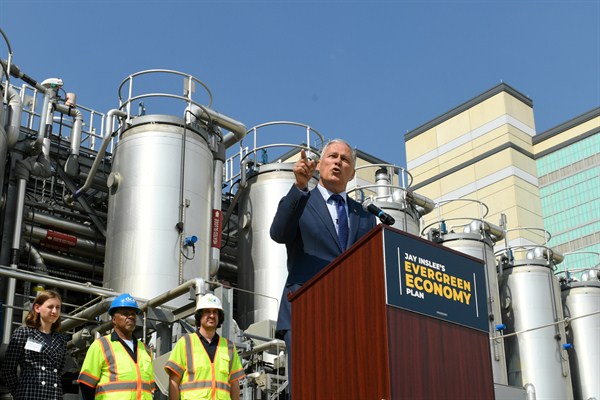Editor’s Note: Guest columnist Neil Bhatiya is filling in for Kimberly Ann Elliott this week.
A little more than two years since he announced in the Rose Garden that the United States was “getting out” of the Paris climate change agreement, President Donald Trump was in Japan, the sole leader at the G-20 summit to disagree with a modest communique once again committing the international community to taking on climate change. It laid bare America’s isolation under Trump on an issue that much of the world—and indeed more and more of the American public—consider increasingly dire.
Climate change has hardly taken center stage in the Democratic presidential primary, accounting for less than 15 minutes of the first, two-night debate last month. Activists and other observers have used that scant amount of airtime to push again for a primary debate focused solely on climate change.

